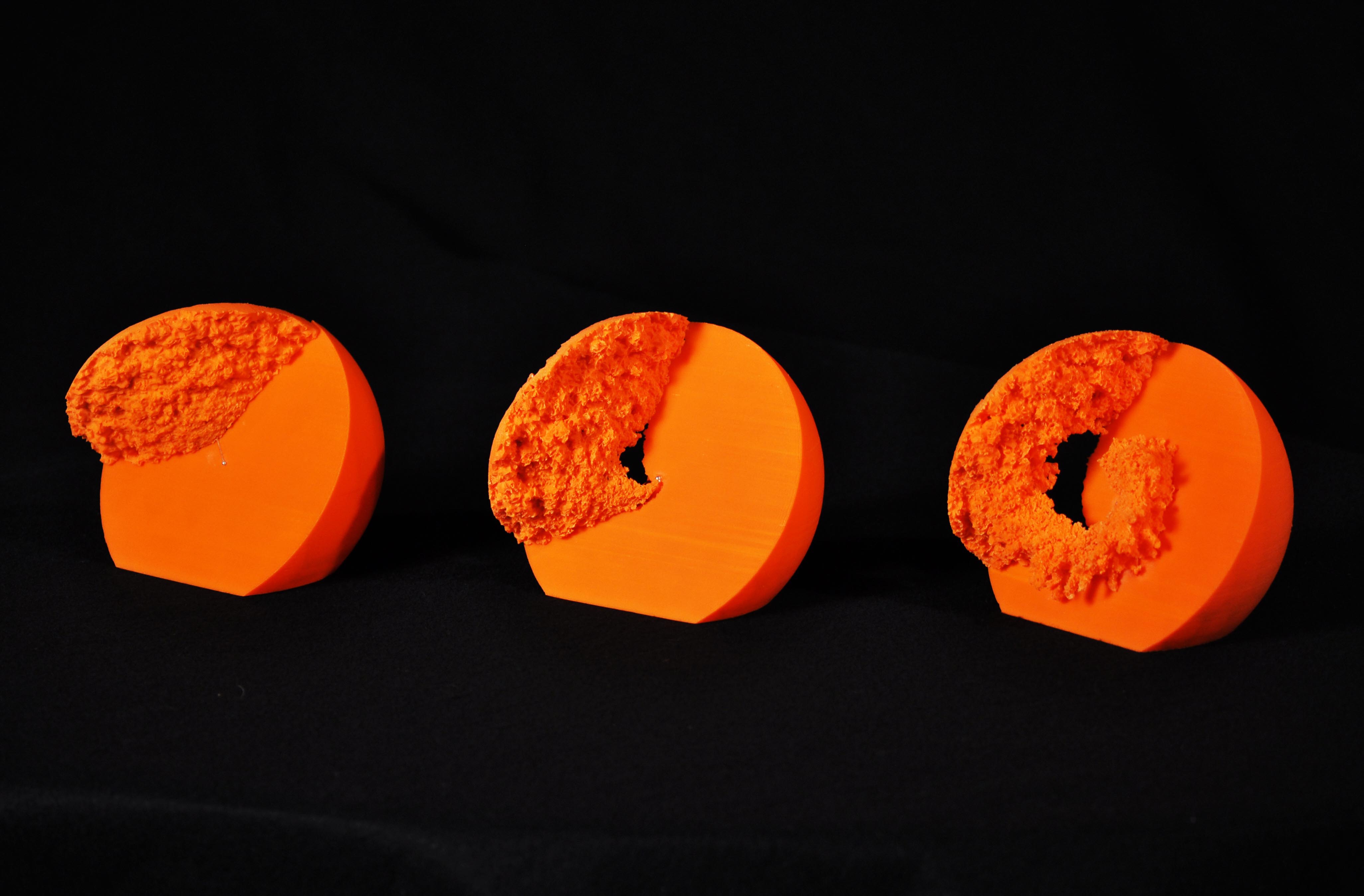The October 2016 issue of Sky & Telescope features our latest understanding of Eta Carinae's Great Eruption, the massive blast that turned a nondescript (binary) star into the second-brightest in the sky. Thomas Madura, Steffen Wolfgang, and colleagues combined observations of gas motions in the Homunculus Nebula with 3D-rendering software called Shape to generate a model that you can rotate on your screen or even, if you have a 3D printer, touch with your hands.
Observing Eta Carinae in 3D
This animation sequence zooms into a Hubble image of the Homunculus Nebula, then dissolves to the 3D-rendered model, which rotates to provide views from various angles.
Credit: NASA's Goddard Space Flight Center / CI Lab
Watch the Thomas Madura (then at NASA Goddard) and Ted Gull (NASA Goddard) explain how they and colleagues created the 3D model of the Homunculus:
Download the model for 3D printing.
Simulating Stellar Winds
The same Shape software was later applied to simulations of the stellar winds emanating from the binary star's at the center of the Homunculus.
The authors have also 3D-printed individual frames from this simulation:

NASA's Goddard Space Flight Center
 0
0

Comments
You must be logged in to post a comment.